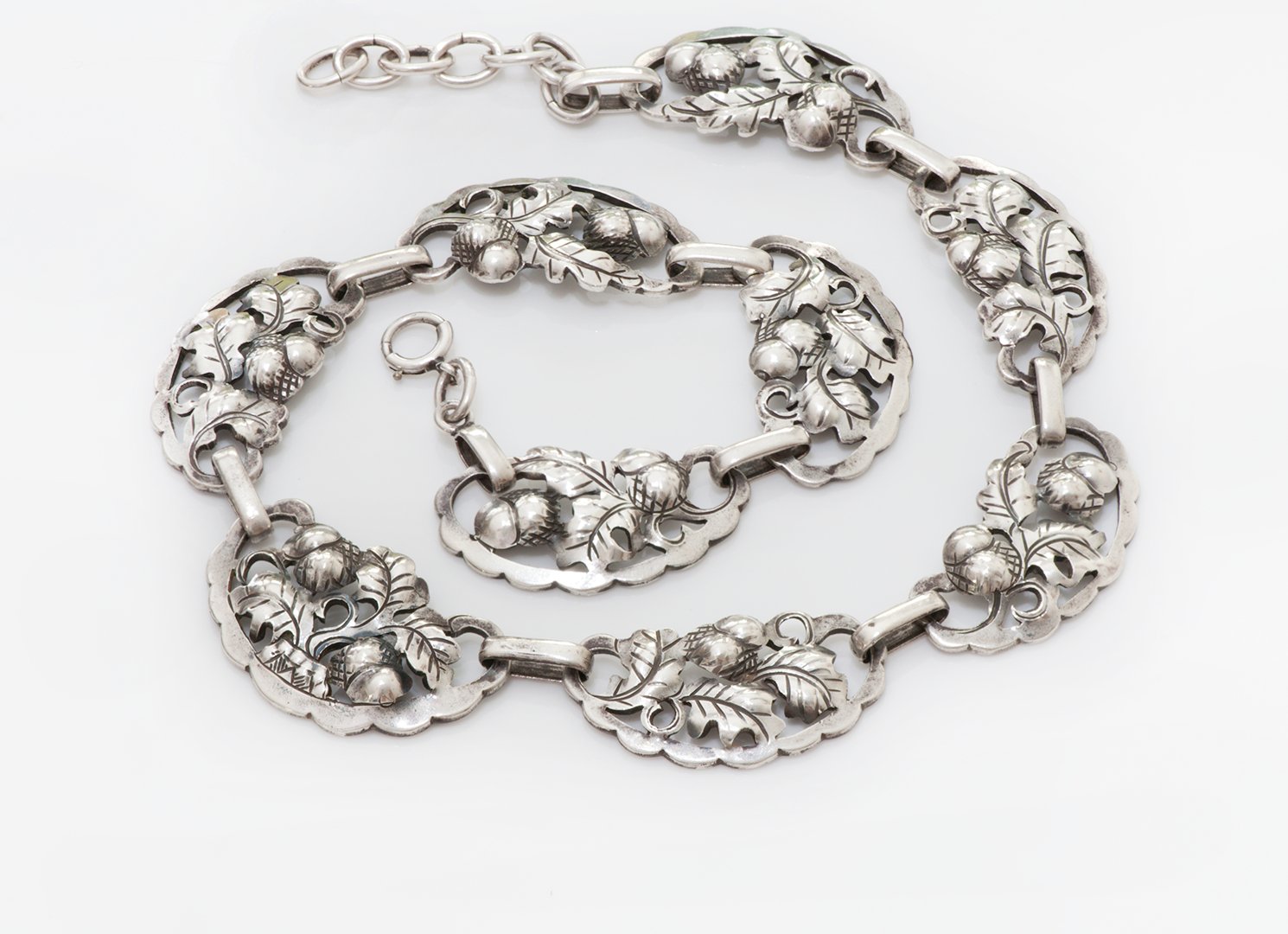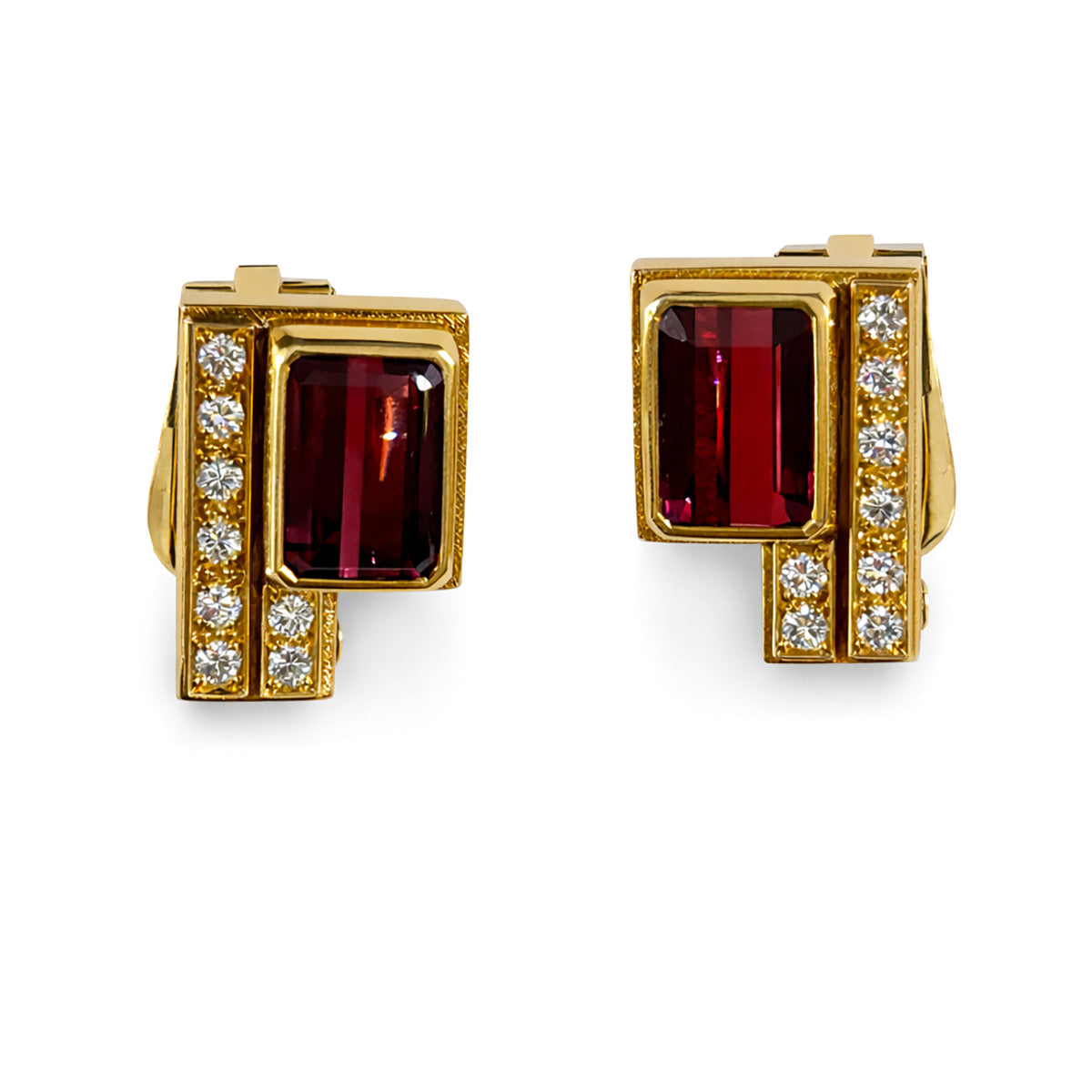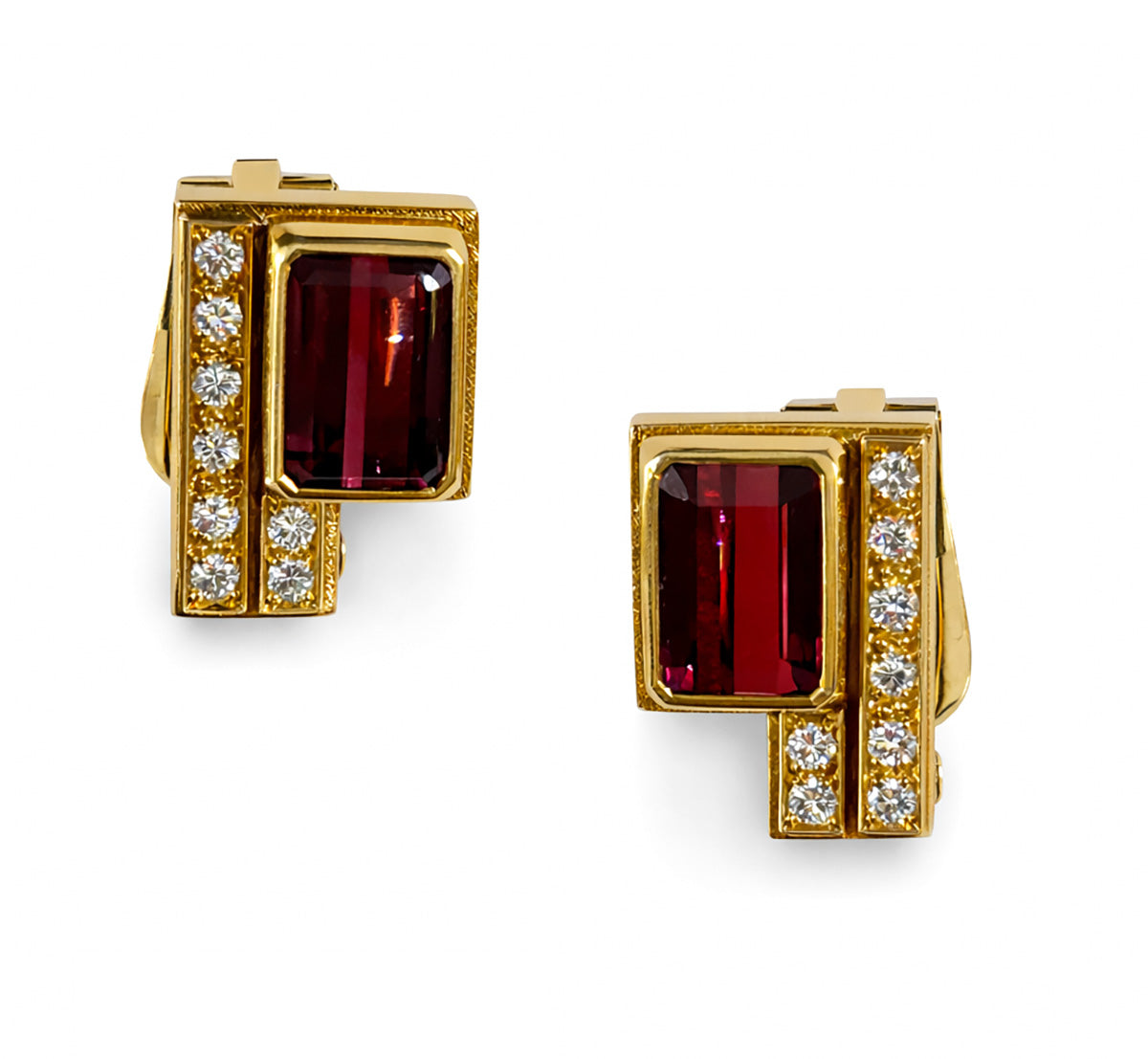
Discover Kunzite - The Beautiful Pink "Gemstone Of The Evening"
One of the highly prized natural gemstones used in jewelry-making circles is the wonderful kunzite stone, which has usually a sublime pink color.
What Is Kunzite?
Kunzite is a gemstone that belongs to the spodumene family, a mineral of the pyroxene group, and was first discovered in 1902 in California by George Frederick Kunz. Kunz was a devoted gem collector and enthusiast that would become head jeweler at Tiffany & Co. 20 years later.
Of course, the magical stone was named after the man who discovered it, so it was named Kunzite.
Kunzite can be found in prismatic crystals, often of considerable size, elongated, flattened, and poorly finished, with longitudinal stripes. The crystals are generally lilac, pink, or purple in hue, with transparency ranging from translucent to transparent.
Pink Kunzite
Pink kunzite crystals are the most common, as well as the color in which the stone is most common in nature: the quintessential Tiffany kunzite is, in fact, pink. Most specimens have pale tones and, even if an artificial intensification of the tone is attempted, in sunlight the color returns to the perception of clarity.
An interesting characteristic of kunzite is phosphorescence - the ability to emit light radiation even after the incident light source ceases to emit. This faint glow in the dark has earned this beautiful stone the nickname "evening gemstone".
Green Kunzite
The beauty of natural stones lies in their color: kunzite is also subject to particular shades, depending on the presence of certain minerals in its gemstone.
For example, there is also green kunzite, which develops when a significant concentration of chromium is detected: in this case, the stone is called Hiddenite, named after its 19th-century discoverer, William Earl Hidden. White and yellow varieties of kunzite are also rarer, originating from consistent veins of chromium or iron.
It should be noted that the wonderful kunzite allows the viewer to observe a variation in hue and intensity of color depending on the angle from which they view it, based on the phenomenon known as pleochroism.
Violet Kunzite
In addition to the colors mentioned, kunzite crystals can also be purple, a variety found mainly in Afghanistan where in 2007 kunzite crystals with spectacular pinkish-purple color, somewhere between lilac and fuchsia, were discovered at the Patroke mine in the Kunar valley. This purple stone is therefore called Kunzite-Patroke, and its discoverer was Brazilian gemstone expert Tony Diniz.
The Benefits Of Kunzite
Crystal therapy generally suggests that natural stones would have healing powers, and kunzite is also considered to have its specific properties. Kunzite is said to have the ability to help regain emotional balance.
Like most pink stones, kunzite is said to bring calm, and serenity and help wearers overcome moments of negativity, feelings of insecurity, and fears.
It is said to be linked specifically to the heart chakra, an organ that acts symbolically as a link between the emotional and the thinking spheres. Therefore, the kunzite gemstone is said to stimulate emotions, especially feelings of love, compassion, tolerance, and mercy, leading to the kindness of the spirit.
Kunzite Used In Jewelry
It should be noted that kunzite is linked to the extraction of lithium, which in turn is needed in the manufacture of rechargeable batteries.
However, beautiful stones can also be used to make jewelry. Thus, it can be found with different cuts, the most common being oval, marquise, or cushion-shaped.
Note that earrings and necklaces sets with pink or lilac kunzite stones are well suited to pearls with pink, cool complexions, grey to not-too-yellow blonde hair, and green to hazel eyes. Rings and bracelets, on the other hand, can be worn by anyone.
When the stone is mounted in yellow gold it will be more than suitable for people with tanned and golden skin.


















